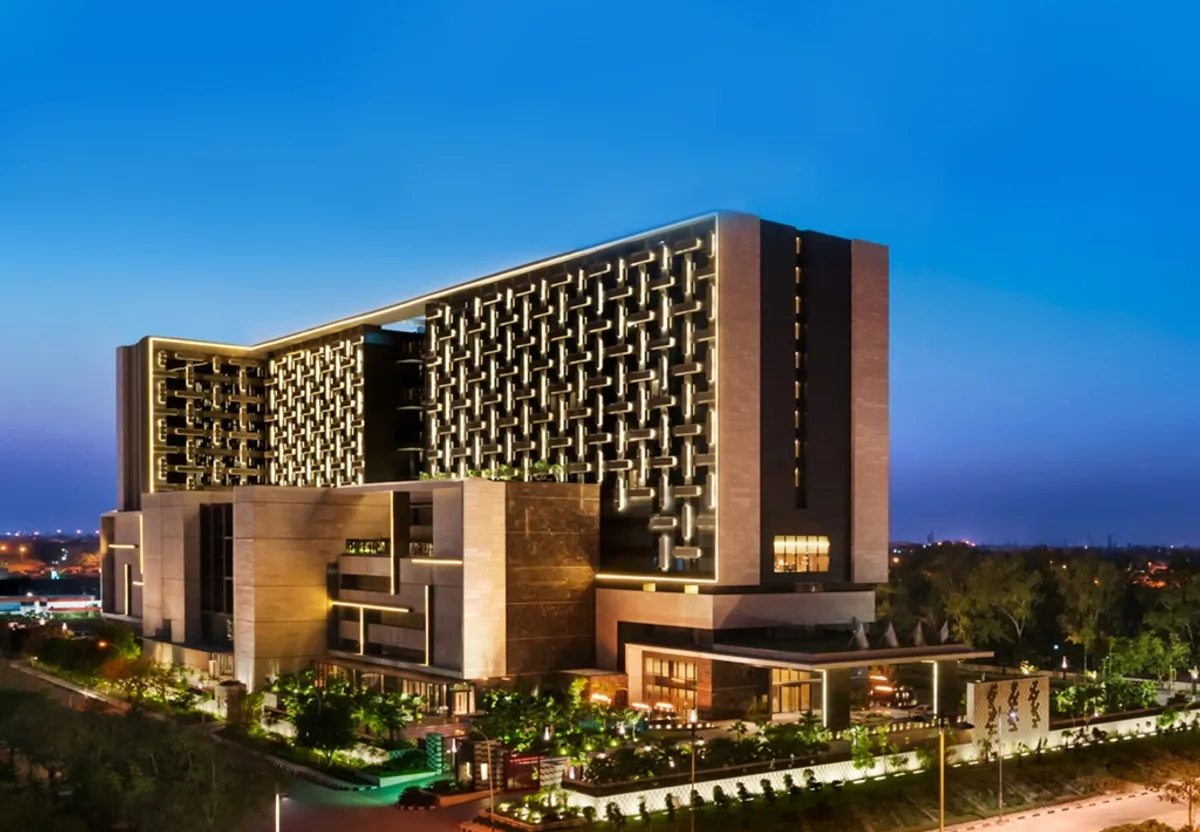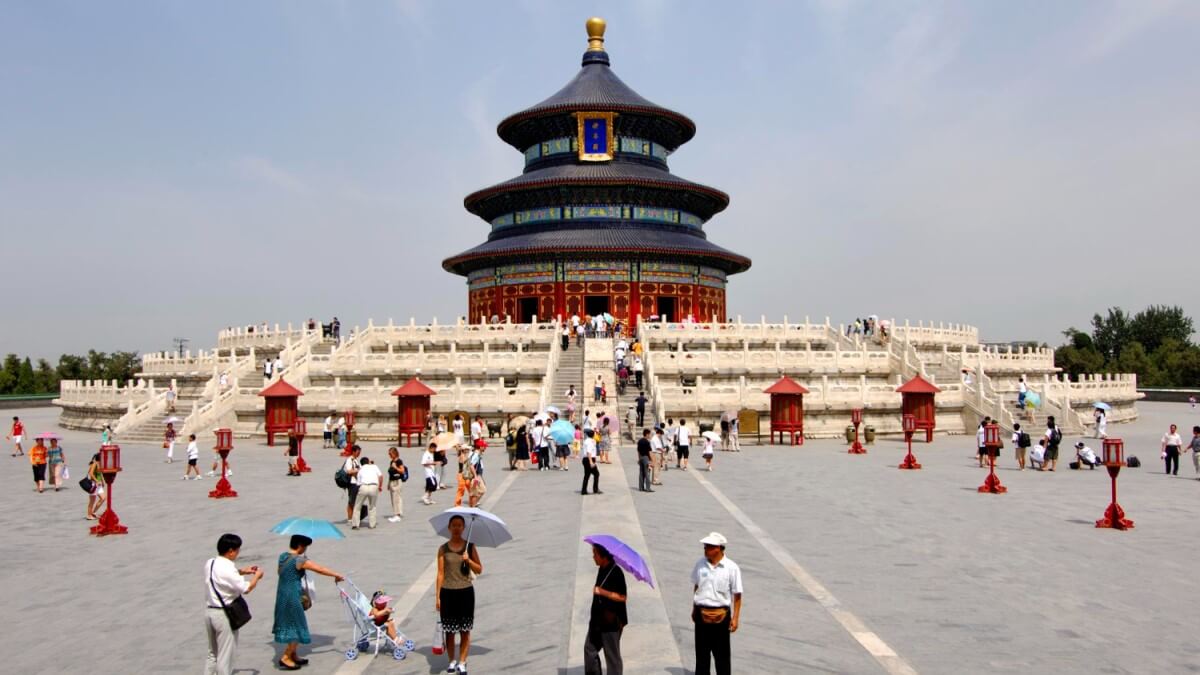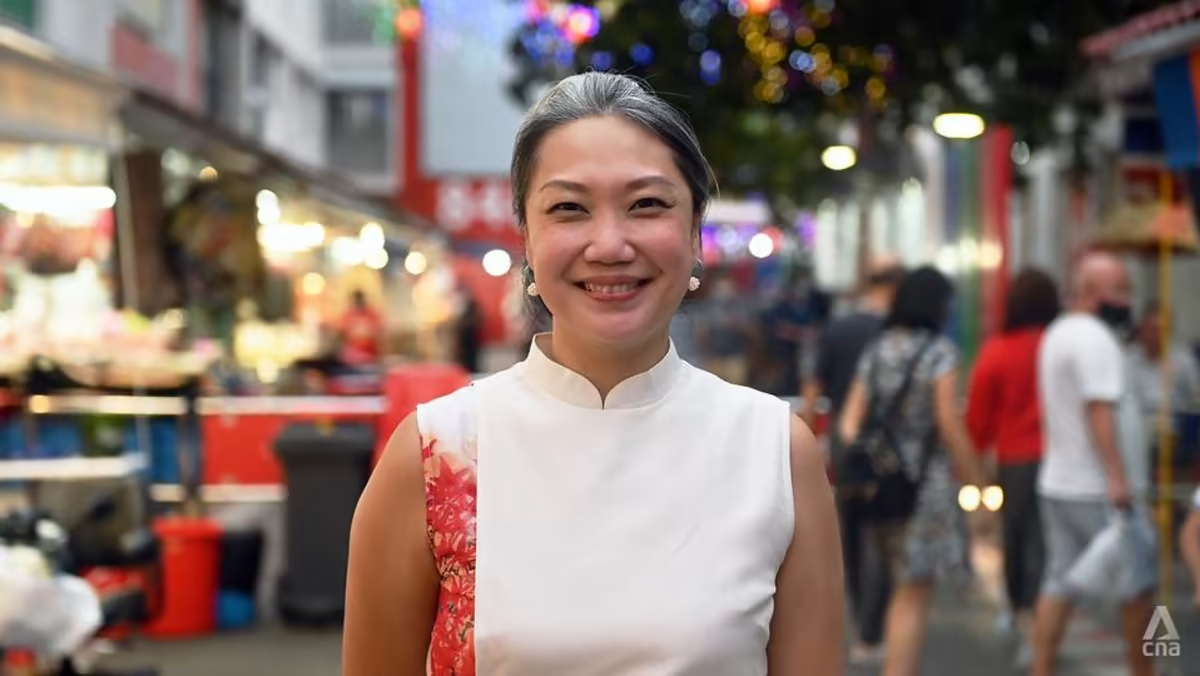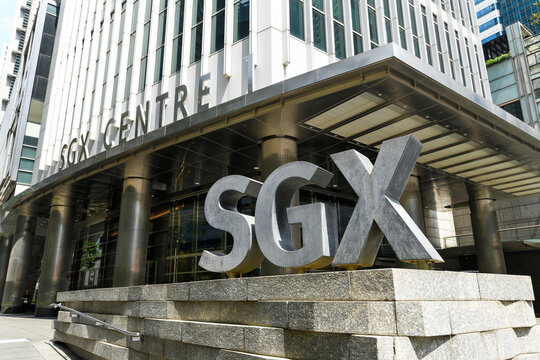The new entry reform positions Shenzhen as a rising global tourism hub
Shenzhen is redefining its global image with the launch of an expanded visa-free policy, designed to attract short-stay travelers from across Asia and Europe. Known for its technological dominance, the city is now positioning itself as a destination of culture, lifestyle, and accessibility—backed by simplified entry processes that are fueling a new wave of tourism growth.
Background: From manufacturing giant to tourism-forward metropolis
Over the last two decades, Shenzhen has transformed from a factory town into a tech juggernaut. But recent years have seen a shift in strategy: city leaders are investing in the cultural economy, sustainable urban development, and international visitor infrastructure. The newly expanded visa-free policy—which now benefits travelers from over a dozen countries—marks a pivotal milestone in Shenzhen’s tourism evolution.
This policy comes amid broader efforts by China to diversify post-pandemic economic recovery through tourism, signaling a shift from industrial prowess to global hospitality.
Market impact: Hospitality and retail surge as international arrivals climb
The impact has been swift. Since the policy was introduced, international arrivals have surged, particularly in tourism districts like Futian and Nanshan. Hotel occupancy has climbed, and footfall at cultural landmarks like the Shenzhen Museum of Contemporary Art and the OCT Loft art zone has increased notably.
Retail and dining sectors are also benefiting. Upscale shopping districts like MixC and Huaqiangbei are seeing increased cross-border spending. According to official data, Shenzhen’s inbound tourism revenue is projected to exceed 2019 levels by the end of 2025—driven by higher travel frequency and longer visitor stays.
Editorial insight: Shenzhen is building more than a brand—it’s building a lifestyle
This move reflects a larger ambition: Shenzhen is not only lowering entry barriers, it is curating a new identity. The city is rebranding from a business-first tech hub to a globally relevant lifestyle destination, complete with green public spaces, food districts, and cultural programming.
It’s also part of a wider trend in Asia, where cities like Chengdu, Hangzhou, and Suzhou are using tourism to strengthen soft power and promote quality-of-life narratives. Shenzhen’s approach—blending innovation, accessibility, and cultural depth—could make it a benchmark for second-tier cities in Asia seeking global relevance.
Conclusion: Shenzhen charts a bold course in global tourism strategy
Looking ahead, Shenzhen plans to further expand visa-free access to additional countries, launch a city-wide digital tourism pass, and increase air connectivity via Shenzhen Bao’an International Airport. The Qianhai and Shekou waterfront districts are also being upgraded to accommodate lifestyle tourism and creative industries.
This is more than a tourism trend—it’s a structural pivot. By integrating smart policy with cultural investment and global messaging, Shenzhen is demonstrating how cities can reset their identities in the post-pandemic era. The visa-free policy isn’t just opening borders—it’s opening minds to a new vision of what 21st-century China can be.















